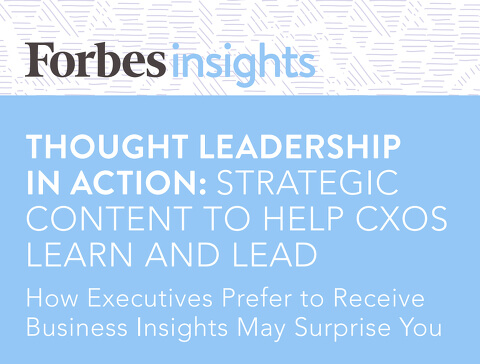Some people like facts
Not everyone loves touchy-feely stories. Some people like facts and evidence.

A common trope at the moment is that - even if we don’t agree with them - we should learn from certain controversial political leaders. We should emulate how they captured the nation’s imagination with inspirational and visionary narratives, without letting facts get in the way. The idea that storytelling is more important than evidence is more prevalent than ever.
Now, there is undoubtedly some truth in this. At a societal level many people are receptive to stories, to the point a good story will sometimes resonate even if it is demonstrably untrue (much to the chagrin of people like me who like to make decisions based on evidence). There is no question that some people are easily manipulated, and some people like a good yarn over a reasoned argument.
But – and it’s amazing how often this is overlooked - not everyone is the same.

Not everyone thinks the same, engages the same, or rationalises things the same. People come to a website or media coverage or LinkedIn feed with different interests, levels of knowledge, and understanding.
And comms people citing the success of political campaigns which dismissed facts and experts, should remember that they were divisive, won by narrow margins, and many people were appalled by them.
This is because a large section of society likes their information to be delivered as an evidence-based case, not a fanciful story. These people may be in a minority, but if you are communicating in science, tech of engineering, they are probably most of your target audience.
Those who know CIOs, engineers and scientists personally will know they are quite rational and grounded, especially when it comes to deciding how to spend large budgets. They often have ingrained scientific thinking whereby they instinctively pull apart claims to test their validity and ask for the evidence behind them.
Politicians may be able to obscure their lack of understanding of complexity behind bold, confident language, and convince non-expert sections of society of their vision. But if you try to do the same for scientists, engineers and IT pros, they will see right through you.
Say something targeted and useful
Senior decision-makers in complex industries want substantial information and insight, not fantastical stories. A survey of senior executives by Forbes Insights (which we discuss here in more depth) found feature-length reports and books top of their preferred formats for business insights. None favoured infographics.

As this report says, good business communications content starts with a hypothesis on how to tackle a thorny problem, then proves or disproves it using case studies and research to create the evidence. It presents ‘data-based insights that are credible and relevant…and lead to business outcomes’. This is key, people are much better placed to take big decisions if they have clear recommendations based on evidence.
Some sectors do this well. Some big engineering consultancies provide good examples, as do management consultancies, producing regular insights which draw on expertise and research (we recently wrote about reports by Arup on Rethinking Urban Mobility and McKinsey on AI Risks).
But many consider content something to be churned out beneath aggressive headlines to generate clicks and downloads. Too many whitepapers are designed with catchy titles to inspire downloads, but lack substantive insight. The former may capture the click or eve the lead, but it is the latter that makes the reader consider you expert enough to work with.
Use storytelling to engage with facts, not to obscure them
Of course, storytelling and creativity are hugely valuable skills. They have a vital role in bringing the facts to life in an engaging way; creating a clear narrative that takes the reader from challenge to solution, via data and case studies.
But storytelling is the skill you apply to the evidence, which is gathered through your own rigorous research. It is not the starting point for tackling an empty page. I once heard Malcolm Gladwell say: “The job of the writer is not to supply the ideas, it’s to be patient enough to find them”.
In comms, we often do ‘audience analysis’ and decide what our key message is for each audience. A better approach would be to ask, what do they want to know, how do they want to receive it, and how can we help them with their challenges? Then we can go and find the information that can deliver real customer value. And finally, we can weave it into a compelling narrative.
For more insights like this, sign up to our newsletter.









